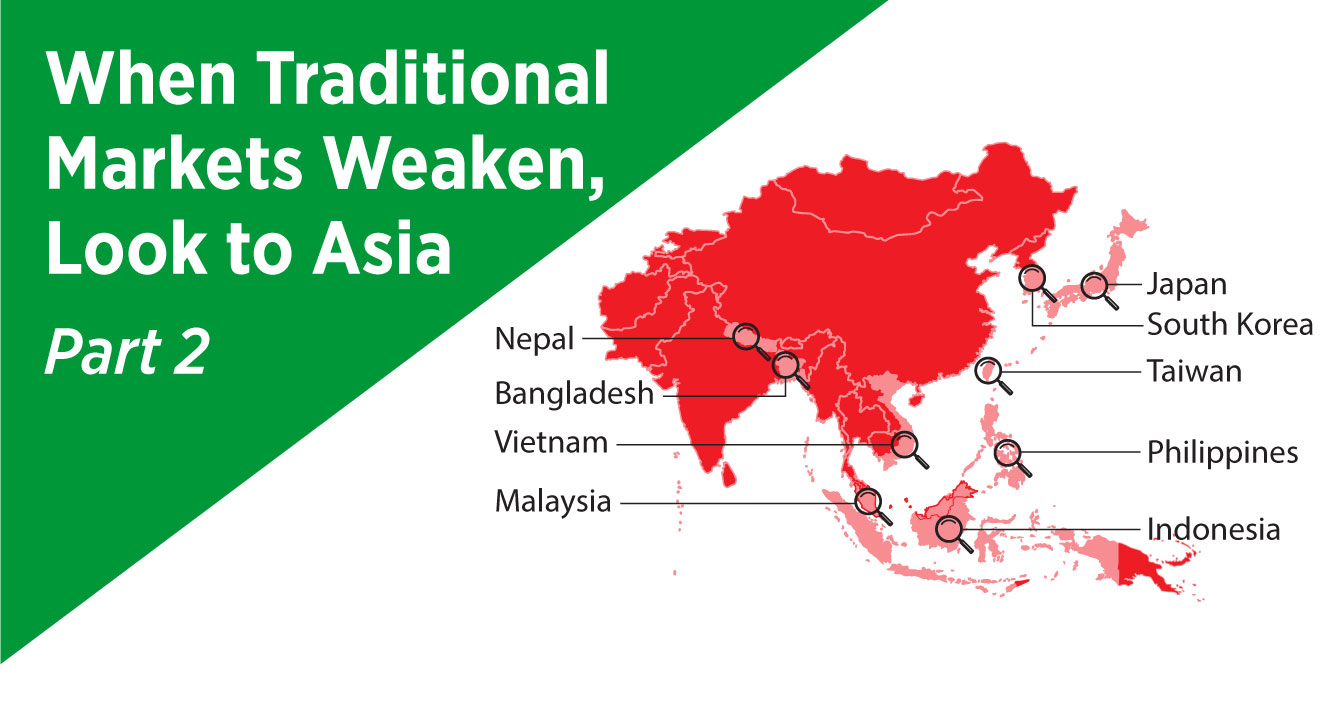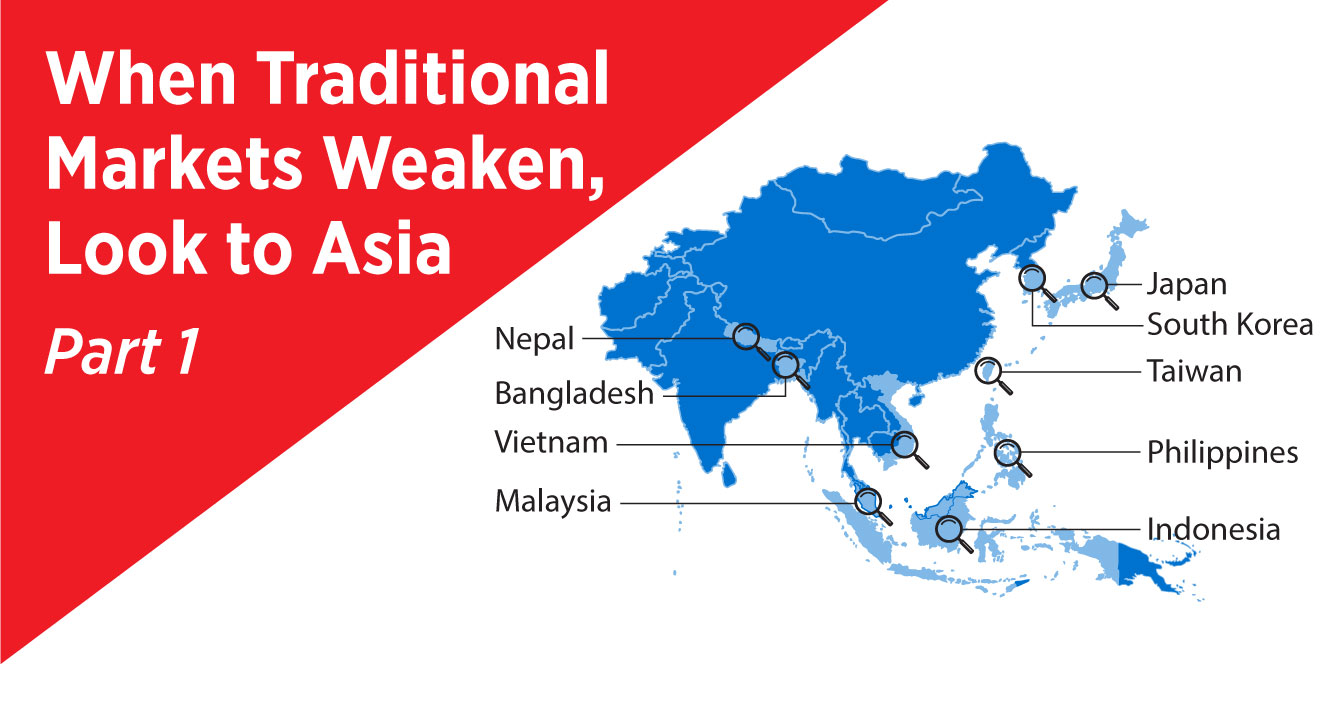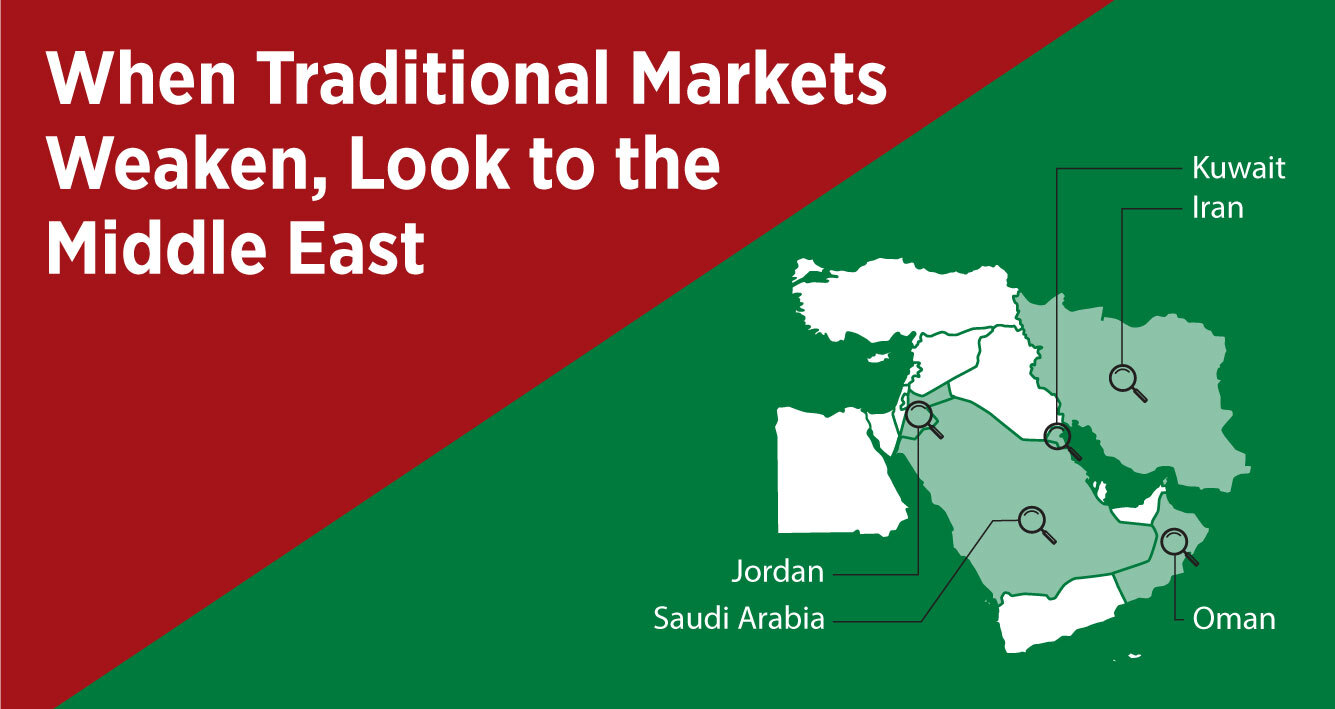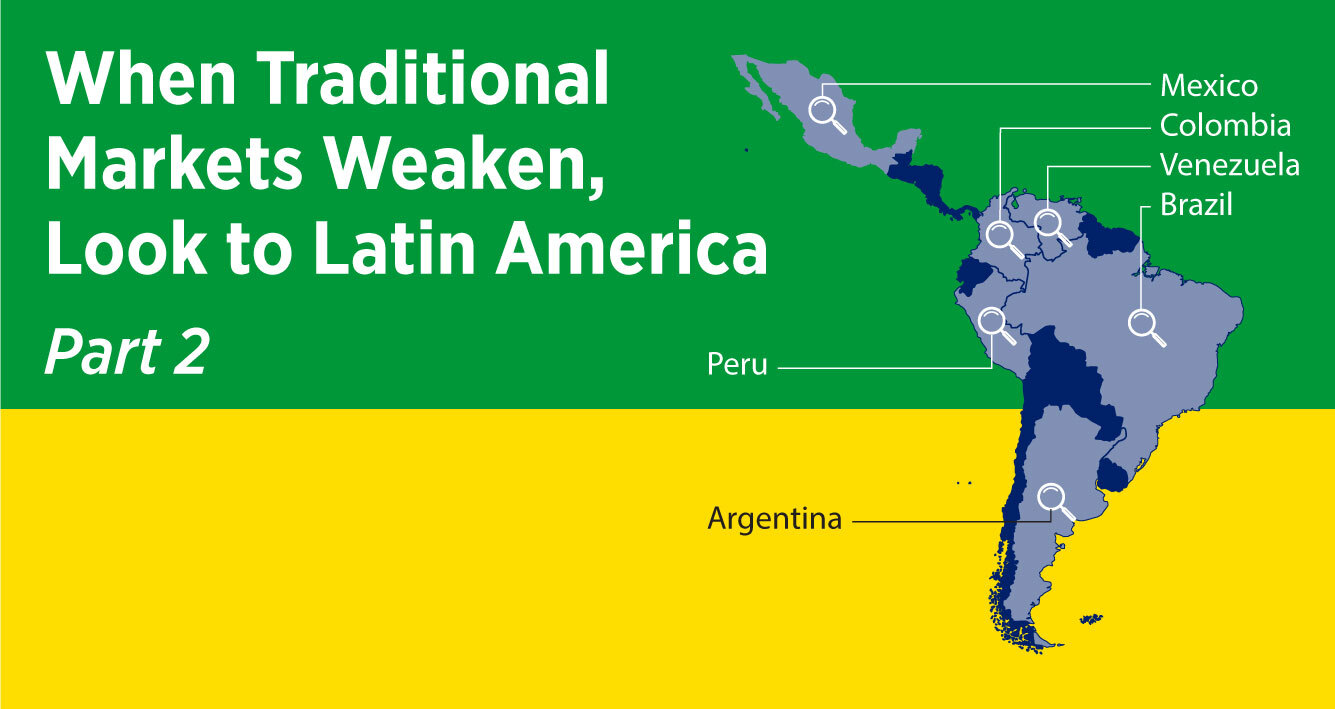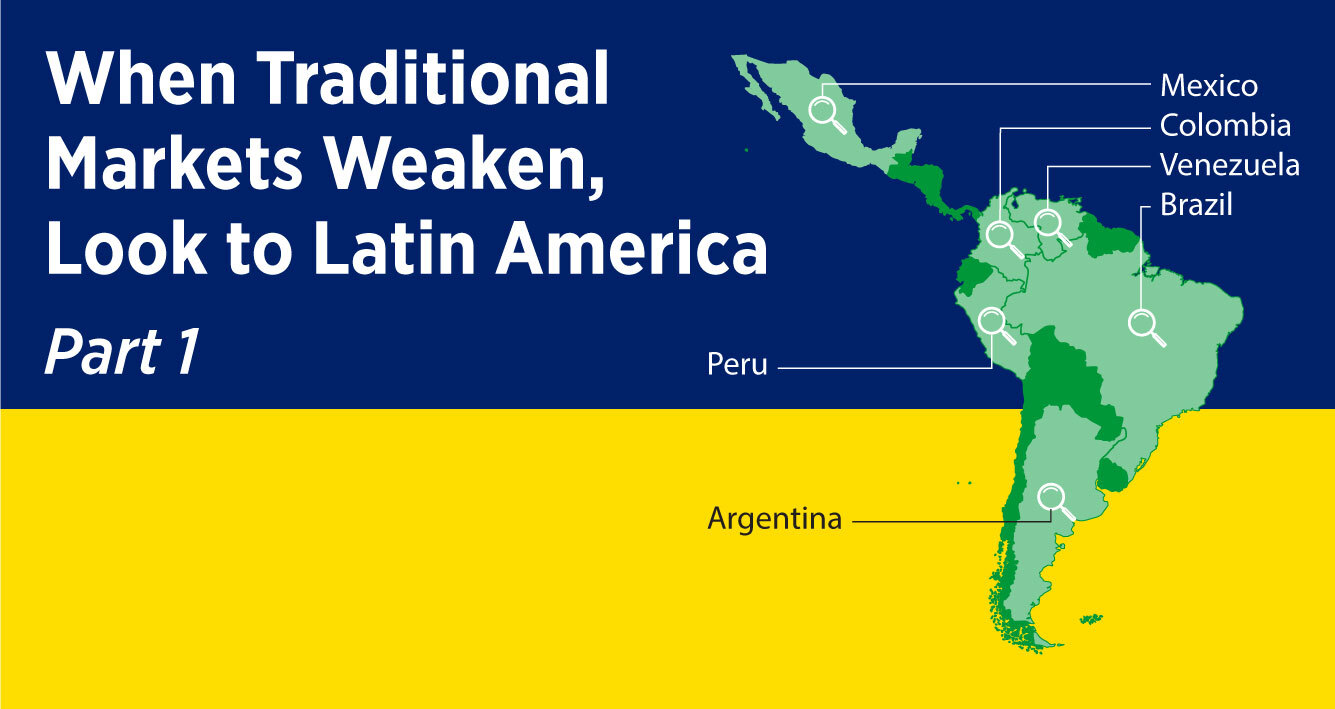Emerging markets are the talk of the town in the world of international student recruitment. Diversifying enrollment takes many forms. Looking beyond the traditional global student sources has become a valuable exercise.
Last week we took a look at South Korea, Vietnam, Taiwan, and Japan (part 1). This week we turn to Nepal, Bangladesh, Indonesia, Malaysia, and the Philippines.
We are looking at the 3 key indicators that act as a first level screening to see if they point toward student sources worth deeper evaluation: a rising youth population, rising incomes, and employment opportunities for returning students.
Heading To NAFSA 2023: Our presentation with SIO Paulo Zagalo-Melo (Western Michigan University) and Reporter Karin Fischer (Chronicle of Higher Ed) will be on Wed. May 31 at 9:30am. A reality check with the data that informs our student recruitment decisions. Hope you'll join us. Be in touch to meet with us during Nafsa: info@intead.com.
While the countries we are reviewing below will never match the overall outbound student volume of China or India, most institutions are not seeking thousands or even hundreds from a single source. Most universities would do well to gain 10, 20, 50 new students a year from a single new source country. With the right recruitment initiatives, each of these countries could produce these kinds of enrollment results. It requires a multi-year commitment, but you knew that.
The benefits of these diversification efforts:
- You aren’t relying on the top one or two markets.
- You are building a vibrant, diverse student experience at your institution.
- You are recruiting from countries that can most benefit from the programs and experience your institution offers.
And, as you also may know, the markets we cover in this post do come with a bit of risk. Their economies are strong enough, but the cost of international education can be out of reach for many of their families. We know international students are highly motivated to find steady work – so career connections are going to be as important as your academic chops. With any new market entry (Intead advice on that here), there are important analyses that must be done to confirm the opportunities outweigh the risks.
We’d welcome a larger conversation about how these Asian countries may or may not fit into your overall international student recruitment strategy.
Read on for a helpful overview and our usual helpful insights about these markets to support your deeper evaluation.
Read More
